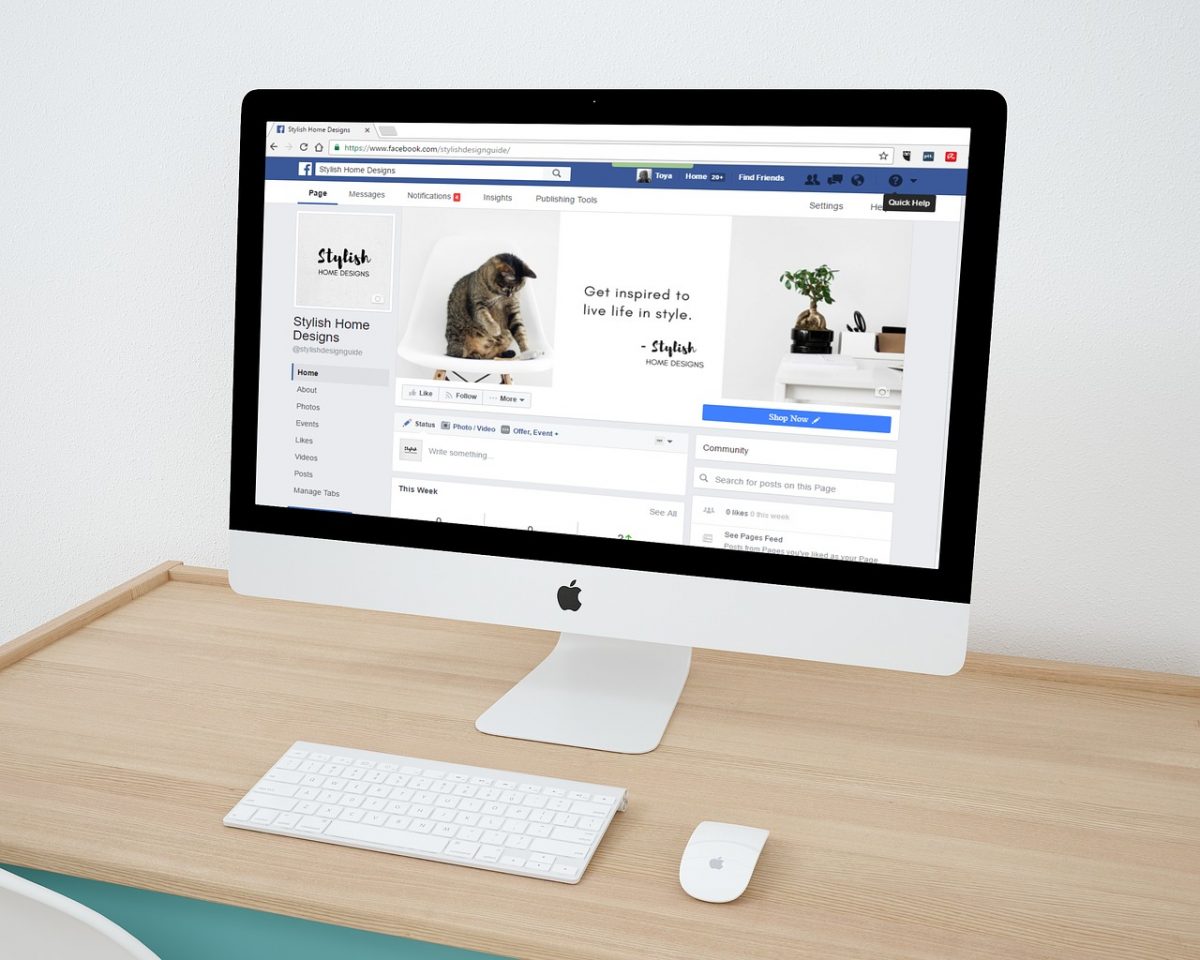Top 10 Basic Web Design Tips For Small and Medium Businesses by Chase e-Design. Available from <https://www.newsmaker.com.au/news/363338/top-10-basic-web-design-tips-for-small-and-medium-businesses> [Friday, January 5th, 2018]
Building a website for a small and medium size business can be an entirely tireless event if it is handled professionally. Here are the 10 basic tips that will make your task much easier.
1. Own Your Project:
It is your website and your project. Hence, you should put in more investment and resources as much as possible. Get prepared to lead and raise the momentum in pursuit of a realistic launch date. Likewise, be patient but firm in directing the flow of the project towards your taste. In case you don’t know how best to manage the website development, make sure you hire someone who does.
2. Choose Your Color Scheme and Layout:
Browse through the internet and search for a few site that has the color and layouts you like and those you don’t. If not, you may end up with a website with a color and design that is not what you wanted. This can mean a major delay in your project.
3. Decide on Theme and Images:
Decide on the theme and images to use which can clearly communicate our concept. Test it with your friends to assess its usability. If they don’t get the idea immediately, you should consider changing it. There are thousands of images you can purchase on the internet. However, make sure this image is consistent with the flow and sequence of the website.
4. Plan Your Site Structure:
Draw out your website’s plans on a paper or use the Microsoft Excel spreadsheet to avoid mix up. More so, keep the outline scalable and simple so that you can continue to add new pages as needs arise.
5. Hire a Search Engine Optimization (SEO) Firm:
If you are working with an SEO web designer, then all is fine. Otherwise, you may decide to hire an SEO firm to handle the SEO activities of your website. Surely, you’d want your website to be built on certain keywords and key phrases so that customers who are actually searching for products relating to your keyword will easily find your website. Naturally, an SEO expert will guide you through the process and optimize your website for Search Engine Optimization, SEO.
6. Meet Suggested Deadlines:
Generally, a professional web designer will give you a regular deadline for you to submit some requirements, such as images, contents, and other vital information. Consequently, you should be prepared to meet these deadlines or else, you work may be sidelined for another. This can ultimately affect the launch date of your website.
Once you get the list of the items needed, strive to get them ready and submit them on time. Sure, you understand the dangers of keeping your client waiting!
7. Begin with Keyword Research:
Although your SEO firm will do most of the job, you should also participate in it. Conduct an independent keyword research and keep a record of all results. You can start off with Google suggest – a free keyword tool – to research the relevant keywords. This tool will show, in form of a drop-down, several alternatives to the keyword phrases that may be useful to your business.
8. Start Writing Your Content Now!
Don’t wait till your website is up and running before you start getting contents for it. Now that you have enough keywords and key phrases with you, you should start developing contents for the entire site. These contents include, but not limited to website landing pages and blog articles. If you are a lazy or busy type, you can consider hiring a professional writer. There are lots of freelance websites with professional SEO writers. You can explore some of the opportunities on Fiverr, Upwork, Freelancer, PeoplePerHour, and lots more.
9. Don’t Assume Anything:
Don’t assume or jump to any rational conclusion. Instead, you should seek clarifications and opinions from teammates or business partner(s). Keep a list of all items and tick them as soon as they are executed.
10. Edit the Site Yourself
Once the site is complete, check all pages and review them for correctness. Also, check the graphics properties as well as the internal linking. More so, avoid unnecessary links to the web designer or graphic designer as the case may be. Furthermore, check your website via mobile to make sure it is mobile responsive.
Conclusion
Even with the above tips, there may still be some unforeseen issues that can delay the launch date of your website. Don’t compromise or lose hope during these hard times. Instead, use that opportunity to review all that needs To be done in other to set up a perfectly-working website for your small or medium-size business.
Top 10 Basic Web Design Tips For Small and Medium Businesses by Chase e-Design. Available from <https://www.newsmaker.com.au/news/363338/top-10-basic-web-design-tips-for-small-and-medium-businesses> [Friday, January 5th, 2018]

